Application principle and most common application scenarios of foot type 3D scanner
I. Application principle
1. Non-contact 3D reconstruction technology
Using structured light projection, laser scanning or stereo vision technology, the surface morphology of the foot is captured by projecting light spots or laser lines, and the geometric features of the foot are recorded by high-precision cameras to generate a 3D model with millimeter-level accuracy.
Some equipment uses speckle structured light projection devices to instantly project millions of measurement points, and completes the 3D coordinate reconstruction of the foot in combination with the principle of triangulation.
2. Dynamic data acquisition and processing
The foot is scanned 360° by a rotating arm equipped with a multi-angle camera, and the stereo data of each area of the foot is recorded synchronously, supporting the completion of a full foot scan within 30 seconds.
The software system automatically analyzes more than 60 biomechanical parameters such as foot length, foot width, arch height, heel angle, etc., and generates a visual report or 3D data file (such as STL format).
3. Safety and adaptability
Using visible light (blue-green light) or harmless laser technology, there is no radiation risk, suitable for sensitive groups such as children and pregnant women.
Compatible with different scanning scenarios (such as standing and sitting), supports single or double foot simultaneous scanning, and adapts to the needs of multiple fields such as medical and industrial.
2. Most common application scenarios
1. Medical and health field
Foot disease diagnosis: Accurately identify deformities such as flat feet, high arches, and inversion of feet, quantify the degree of arch collapse, and provide data support for orthotic design.
2. Shoe design and customization
Personalized shoe production: Adjust the shoe last design based on three-dimensional foot shape data, optimize the sole cushioning and arch support, and improve comfort and functionality.
Intelligent shoe selection system: After scanning the foot shape in offline stores, the shoe library is automatically matched, the best matching shoe type is recommended, and the purchase time is shortened.
3. Rehabilitation and prosthetic manufacturing
Precise prosthetic adaptation: Scan the healthy foot to generate a three-dimensional model, and make a symmetrical prosthesis after mirroring to ensure consistency in appearance and function.
Postoperative rehabilitation monitoring: Tracking foot morphology changes and evaluating the effects of surgical correction or rehabilitation training.
4. Sports science field
Sports equipment optimization: Design professional sports shoes based on foot mechanics data to reduce the risk of injury in running, jumping and other actions.
Athlete foot type analysis: Identify abnormal foot loads and optimize training plans to improve sports performance.
5. Public health and scientific research
Construction of group foot type database: Collect foot data on a large scale, analyze the foot type characteristics of regional populations, and guide standardized production in the footwear industry.
Biomechanical research: Explore the association mechanism between foot morphology and systemic diseases such as scoliosis and arthritis.

 +86-0755-86131192
+86-0755-86131192 2025-03-25
2025-03-25 Back to list
Back to list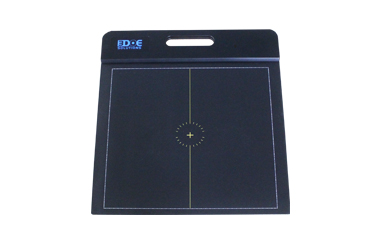
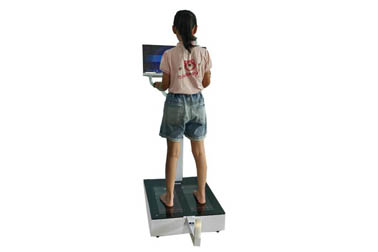
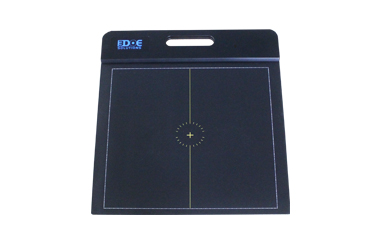
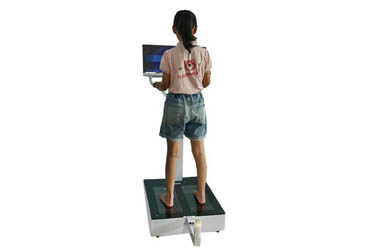
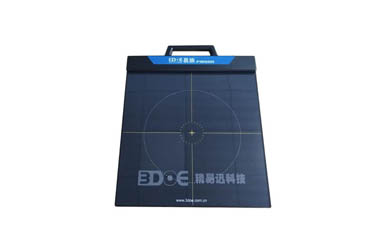
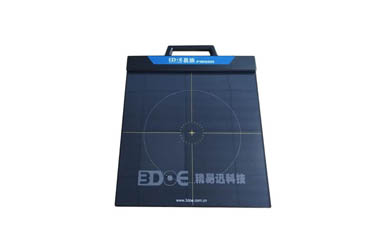



 +86-0755-86131192
+86-0755-86131192